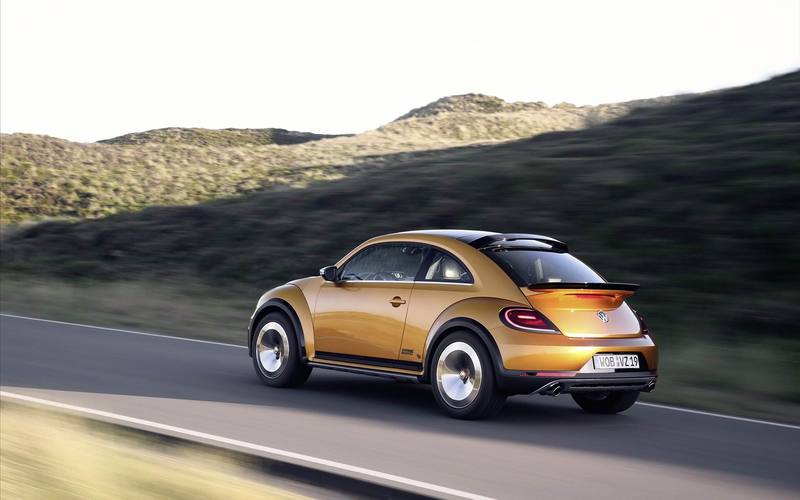Volvo is one of the most iconic car brands in the world, known for its commitment to safety and innovation. Founded in 1927 in Gothenburg, Sweden, Volvo has since become a household name, with a reputation for producing some of the safest and most reliable cars on the road. Let’s take a closer look at the history of this iconic brand and how it has evolved over the years.
Early Years
The first Volvo car, the ÖV 4, was produced in 1927. It was a boxy, open-top car with a four-cylinder engine and a top speed of 56 km/h. In the early years, Volvo faced significant financial challenges, and it wasn’t until the mid-1930s that the company started to turn a profit. Despite this, Volvo continued to innovate and develop new technologies, such as the world’s first laminated windscreen in 1944.
Focus on Safety
In the 1950s and 1960s, Volvo began to focus heavily on safety, which would become the hallmark of the brand. In 1959, Volvo introduced the three-point seatbelt, which is now a standard feature in all cars. Volvo also began testing its cars in crash tests, and in the 1970s, the company developed the first rear-facing child seat.
Expansion and Acquisition
In the 1970s and 1980s, Volvo expanded its product range and acquired other companies to diversify its offerings. In 1975, Volvo acquired the Dutch carmaker DAF, which gave the company access to advanced transmission technology. In the 1990s, Volvo expanded into the luxury car market with the launch of the 800 series and the acquisition of the British carmaker, Aston Martin.
Recent Years
In recent years, Volvo has continued to innovate and push the boundaries of automotive technology. In 2010, the company introduced the world’s first pedestrian airbag, which is designed to protect pedestrians in the event of a collision. In 2017, Volvo announced that all new models would be either fully electric or hybrid starting from 2019.
Today, Volvo is known for its commitment to sustainability, with a goal to be climate-neutral by 2040. The company is also leading the way in autonomous driving technology, with plans to launch fully autonomous cars by 2025.
Conclusion
From its humble beginnings in 1927 to its position as a global leader in automotive technology today, Volvo has come a long way. With a focus on safety, innovation, and sustainability, the company continues to evolve and push the boundaries of what is possible in the automotive industry.
